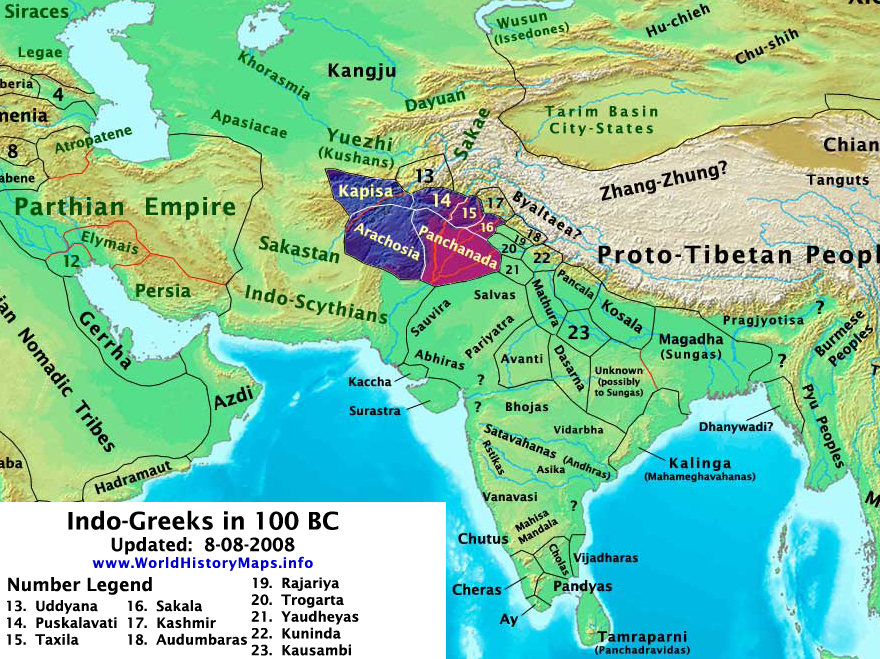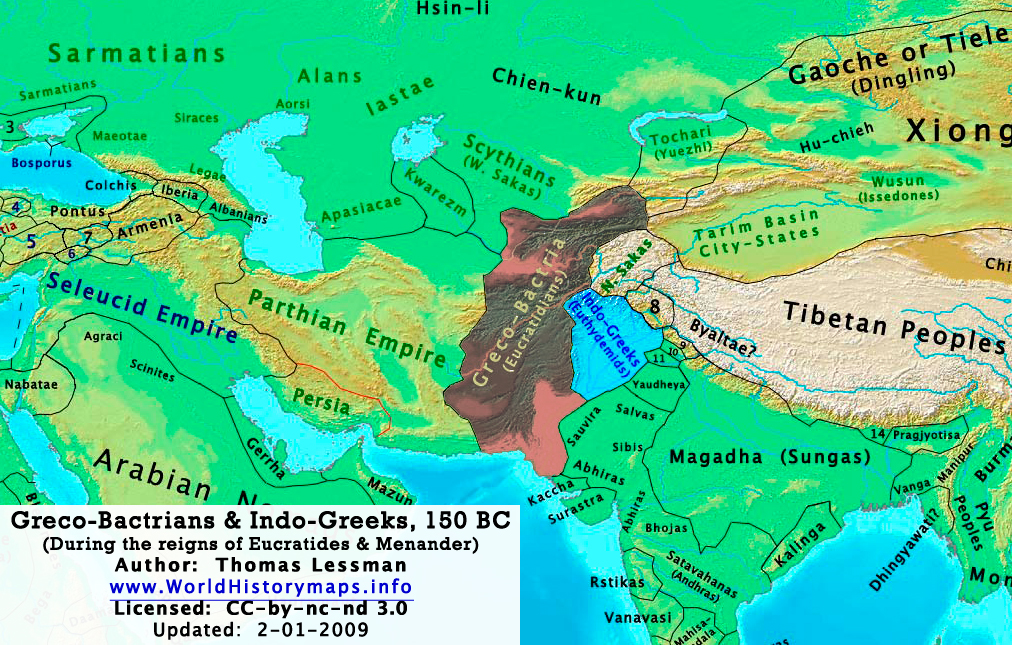Proudpakistaniguy
SENIOR MEMBER

- Joined
- Nov 8, 2013
- Messages
- 4,889
- Reaction score
- 5
- Country
- Location
My friend I believe we got off on the wrong foot. What you are saying is essentially correct that the people of Pakistan (Punjabis, Pashtuns, Sindhis and Balochs) are not one homogeneous group of people but different ethicities. India has a lot more ethnicities then that and they are not homogenous either. It think that you have misunderstood the article and the discussion that is taking place here.
To be honest i did not even read the article in op. I was reading the comments and just responded to post of Pakistanforever where he said Pakistani are totally different and then you started quoted my posts so may be we are addressing two different things. I dont diagree with your ethnic percentage in India evnethough india is hugely populated and even these percentage make a lot of people









